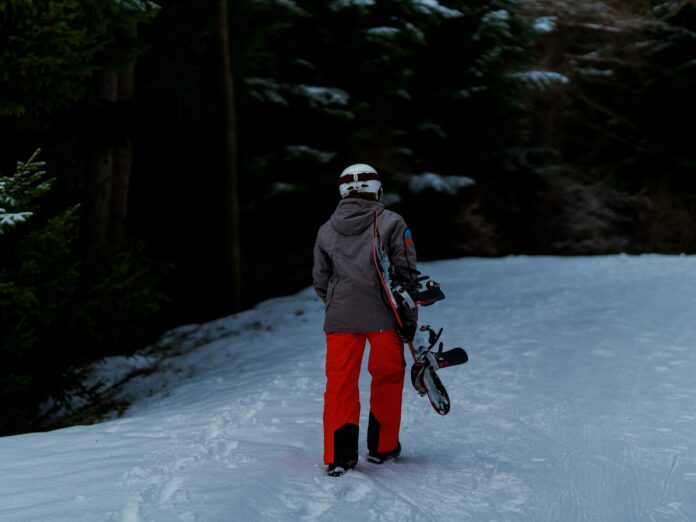Soooo, summer then. Is it here or not? We appear to be sporting a tan but also have the heating on, our shorts and Hawaiian shirts hang on the washing line but they’re damp from the country’s insistent, predictable drizzle. Nonetheless, the barbecue is out, cleaned down and ready to roar, so grill it will.
Perhaps a bigger problem with the Great British BBQ than the weather is our attitude out there of gung ho grilling. Throw on some meat, take a chance on the temperature, don’t wash our hands, hope for the best and hey presto! It’s salmonella roulette from here on in.
With an estimated one million reports of food poisoning recorded in the UK each year, it’s clear that many of us still aren’t taking the proper precautions when handling and storing food. What’s more, warm weather can create the perfect breeding ground for bacteria (with the summer months being particularly prevalent for food poisoning). So, it’s important to stay safety aware now it’s all systems go on the grill. With the help of Flogas, who provide gas for BBQs, here’s the IDEAL guide to the 4 Cs of safe barbecuing.
CHILLING
- If frozen, always defrost your BBQ food overnight in a fridge, rather than leaving it to defrost at room temperature.
- Post barbie, allow any leftover cooked foods to cool and then store them in a fridge (within a two-hour window).
- Don’t overfill your fridge – overfilling stops air from circulating properly.
- Regularly check the temperature of your fridge with a thermometer. In-built fridge temperature gauges don’t always give the correct temperature.
COOKING
- When cooking meat, ensure it reaches the right temperature for long enough to kill any bacteria. If in doubt, use a cooking thermometer; they’re affordable and a great tool not only for safe but also precision cooking. For beef burgers, inside temperature should be roughly 71°C. Sausages should be 65°C, and it’s 73°C for chicken. And let’s be honest, that’s the Great British Barbie roster completed.
- If you slice into the cooked meat, it should be steaming hot throughout; no cold parts to the touch.
- None of the cooked meat should look pink when you cut into the thickest part.
- All of the juices from the meat should run clear once cooked.
CLEANING
- Always clean any utensils, plates and chopping boards before and after cooking with hot, soapy water.
- Don’t wash chicken or any other raw meat as splashing water containing harmful bacteria which could spread quickly to your food preparation areas.
CROSS-CONTAMINATION
- Cross-contamination often occurs when raw food touches or drips onto surfaces. Always use different plates, chopping boards and utensils for raw food and cooked food.
- Washing hands in hot soapy water before and after handling food will reduce the risk of cross-contamination.
- Ensure that any raw foods are kept separate to food that’s ready to eat.





